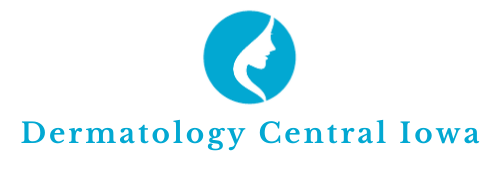Acne Treatments
Acne treatments aren't one-size-fits-all. If prescription creams and antibiotics aren't working for you — or if you can't tolerate the side effects these medications can cause — you might consider acne treatments that can be provided at your doctor's office.
Several types of office-based medical procedures — such as light therapy and chemical peels — may be helpful.
Regardless of which acne treatments you use, try to keep your expectations realistic. Acne can't be cured, only controlled. You won't start seeing improvements from most treatments for four to eight weeks. And your acne might appear worse before it gets better.
Light therapy
The redness and swelling that can occur with acne is caused by a type of bacteria that can be killed by exposing your skin to different types of light. Before the procedure, your doctor might apply a medication to your skin to make it more sensitive to light (photosensitizers). You'll probably need to visit your doctor for multiple treatments.
Your treatments may use blue light, red light or a combination. More study is needed to determine the best methods for treating acne with light.
Possible side effects in the treated areas include:
- Redness
- Crusting and peeling
- Changes in skin tone
- Pain
Acne bacteria can also be killed with pulsed light and heat energy. These treatments may also shrink oil (sebaceous) glands, which decreases oil production. Side effects may include pain, temporary redness and sensitivity to sunlight.
Steroid injections
Steroid injections are most often used for the types of acne that cause painful lumps beneath the surface of the skin (nodules and cysts). These conditions can take weeks to resolve on their own. After steroid injections, the lumps flatten, and the skin can clear up within two to four days.
This drug is effective, but it can cause side effects, including:
- Thinning of the skin
- Appearance of small blood vessels on the treated area
- Skin tone that turns lighter than normal
Steroid injections are typically used as a temporary or occasional fix for stubborn cysts and nodules. They aren't used to treat widespread acne because of the possible side effects and the need for frequent doctor visits.
Chemical peels
Superficial chemical peels may control some types of acne and improve the appearance of skin. This procedure has traditionally been used to lessen the appearance of fine lines, sun damage and minor facial scars.
During a chemical peel, your doctor applies a mild chemical solution to your skin. This solution helps unclog pores and remove dead skin cells, whiteheads and blackheads. A chemical peel can also generate new skin growth. You may need to repeat the process for best results.
Possible side effects include redness, scaling, crusting, scarring, infection and abnormal skin coloring.
Chemical peels aren't recommended if:
- Your skin tends to form exaggerated scar tissue — such as keloids
- You've used isotretinoin therapy within six months
Drainage and extraction
Your doctor may use special instruments to remove cysts, whiteheads and blackheads. This temporarily improves the appearance of your skin.
©1998-2020 Mayo Foundation for Medical Education and Research (MFMER). All rights reserved. Terms of Use.

